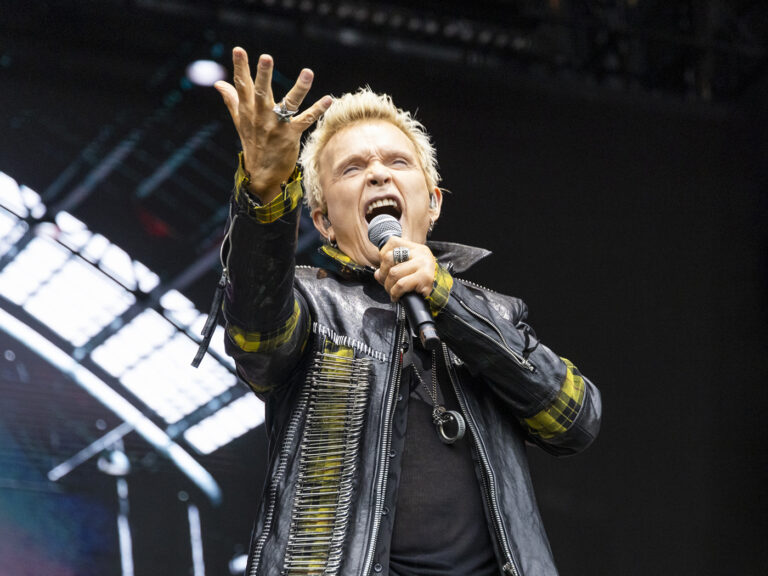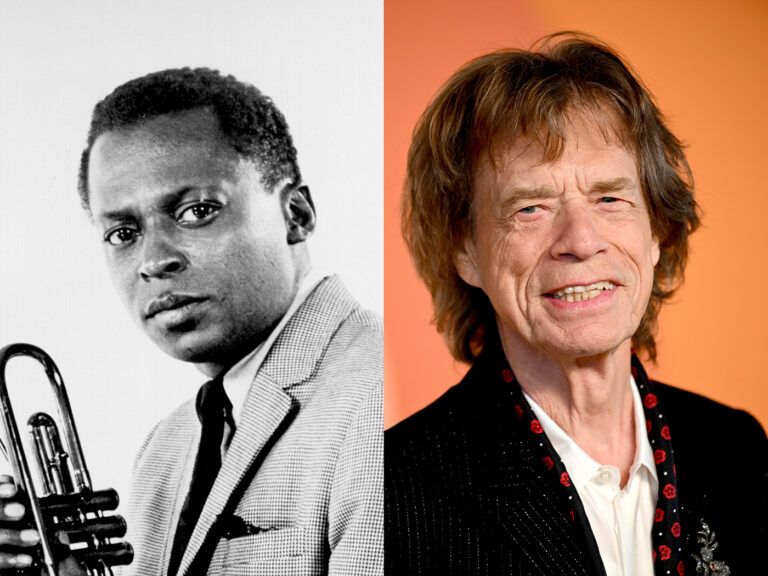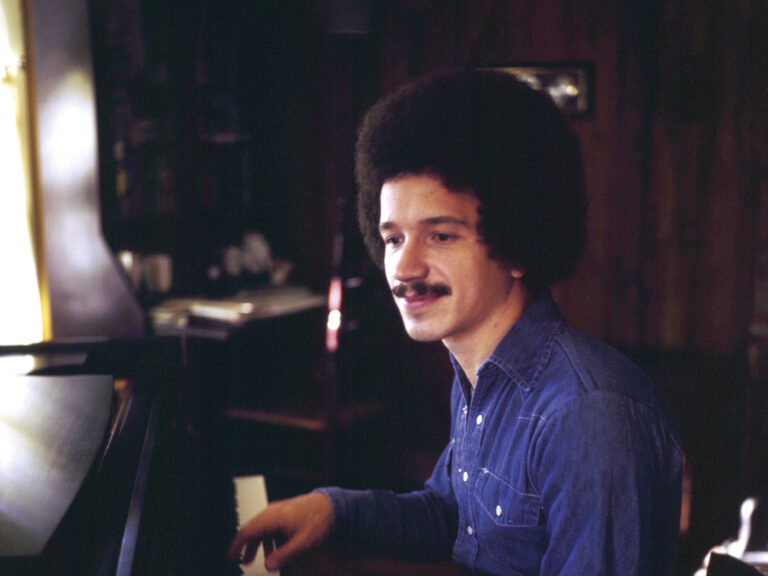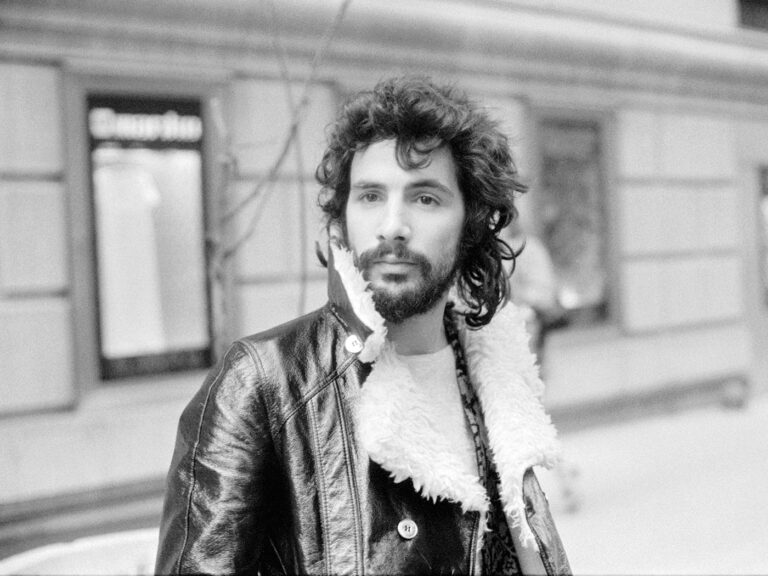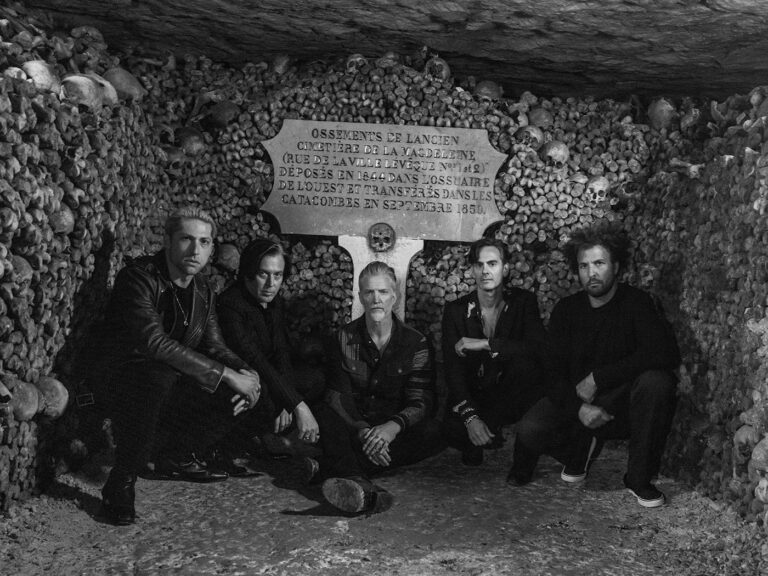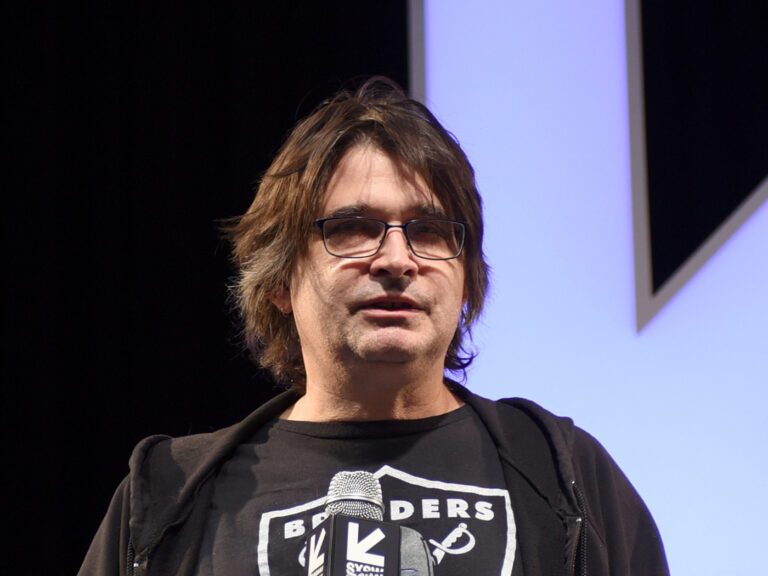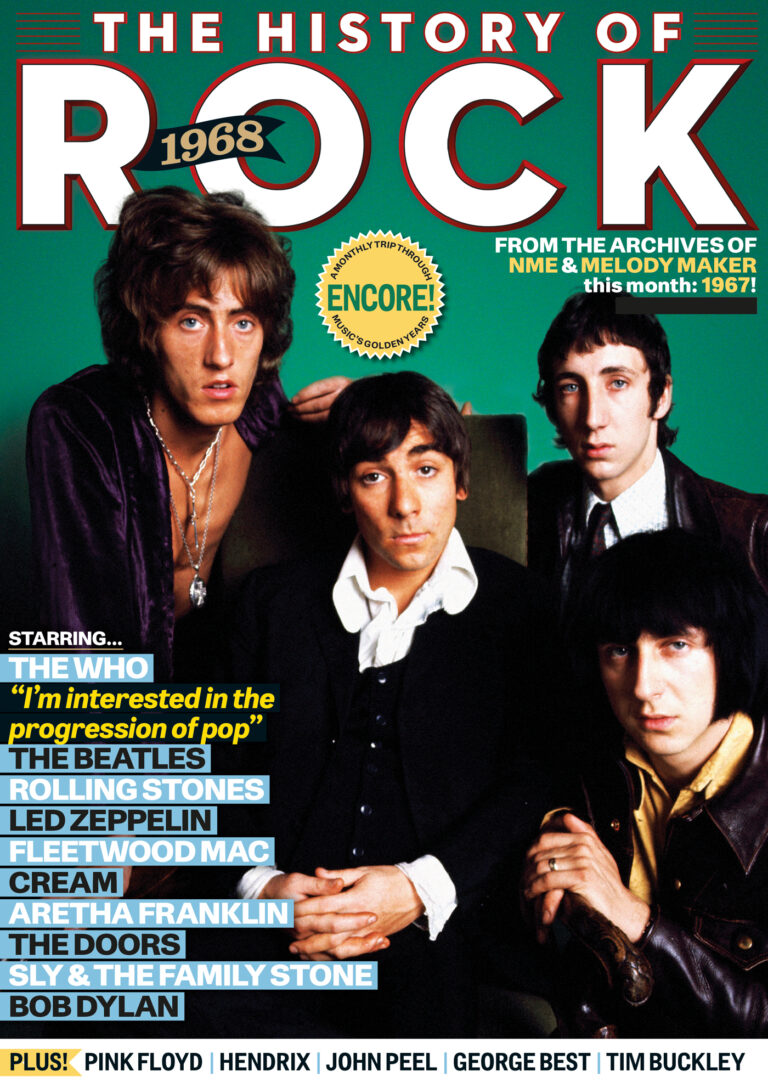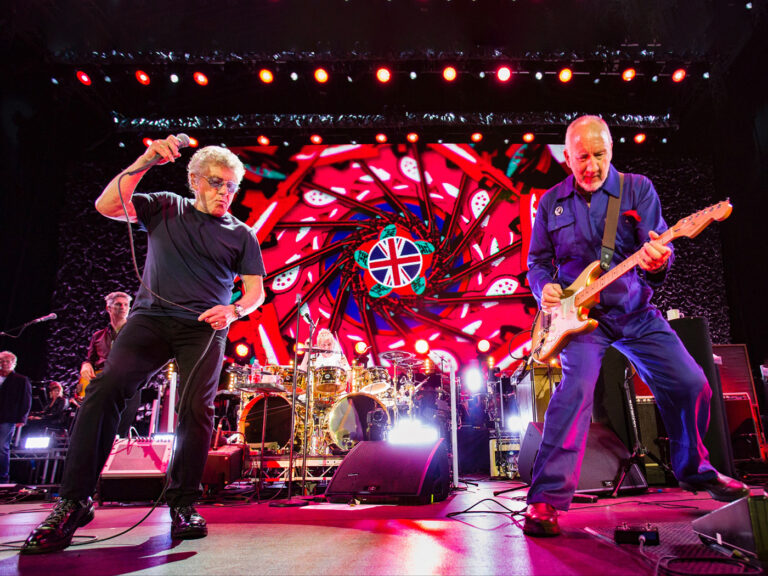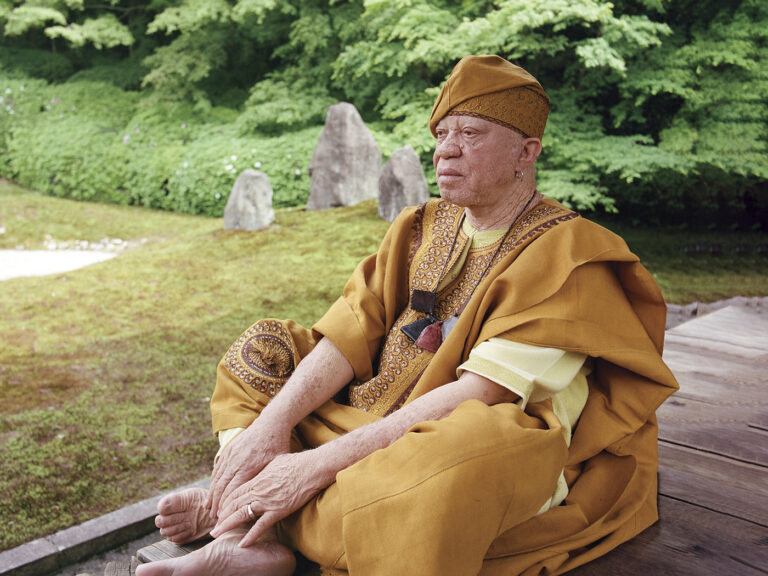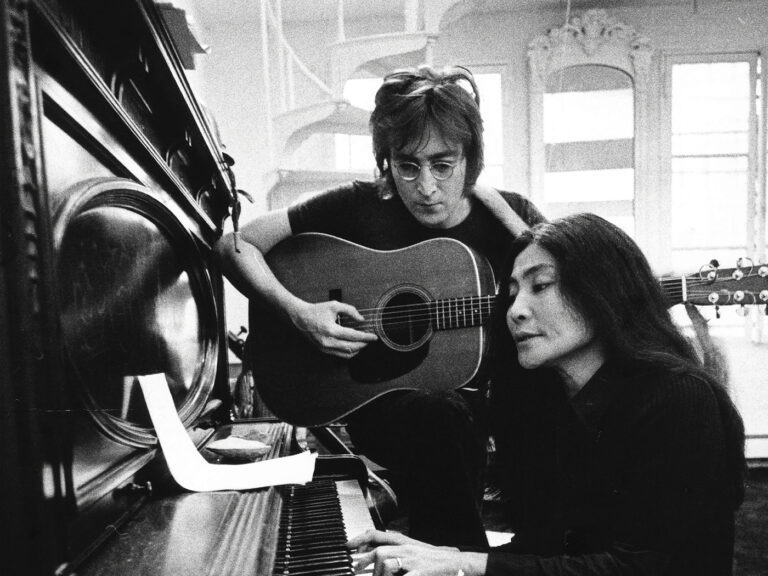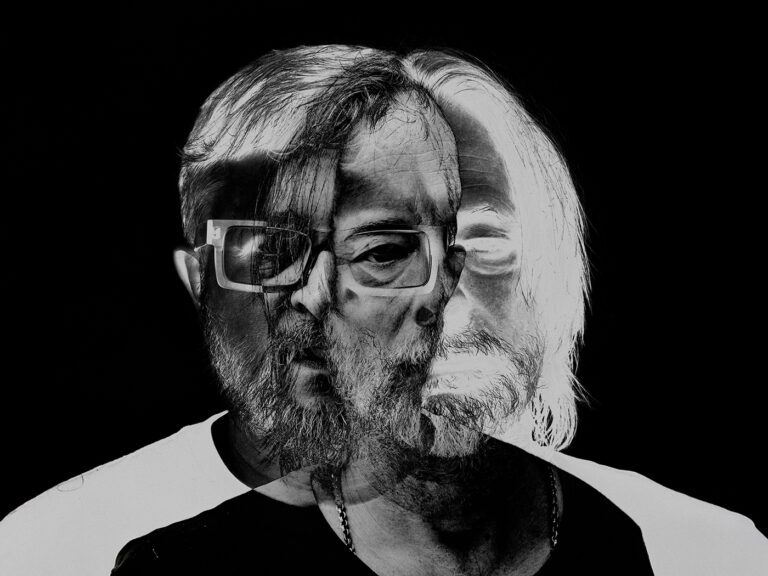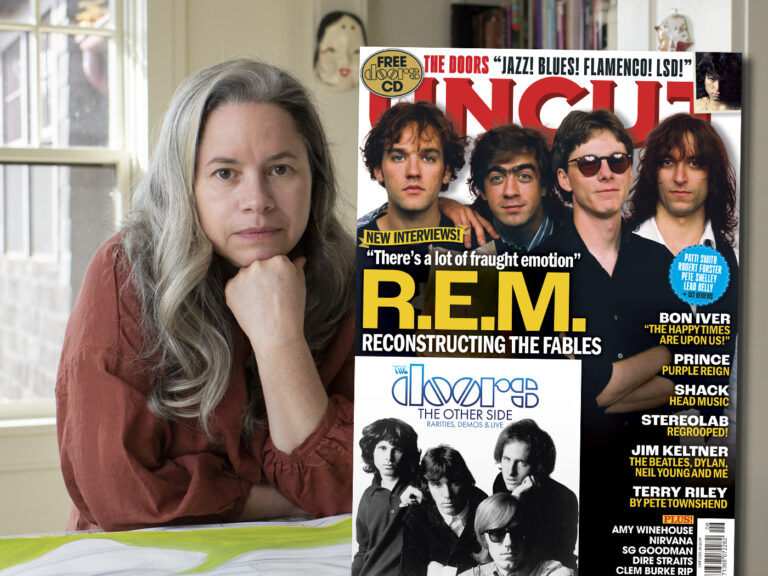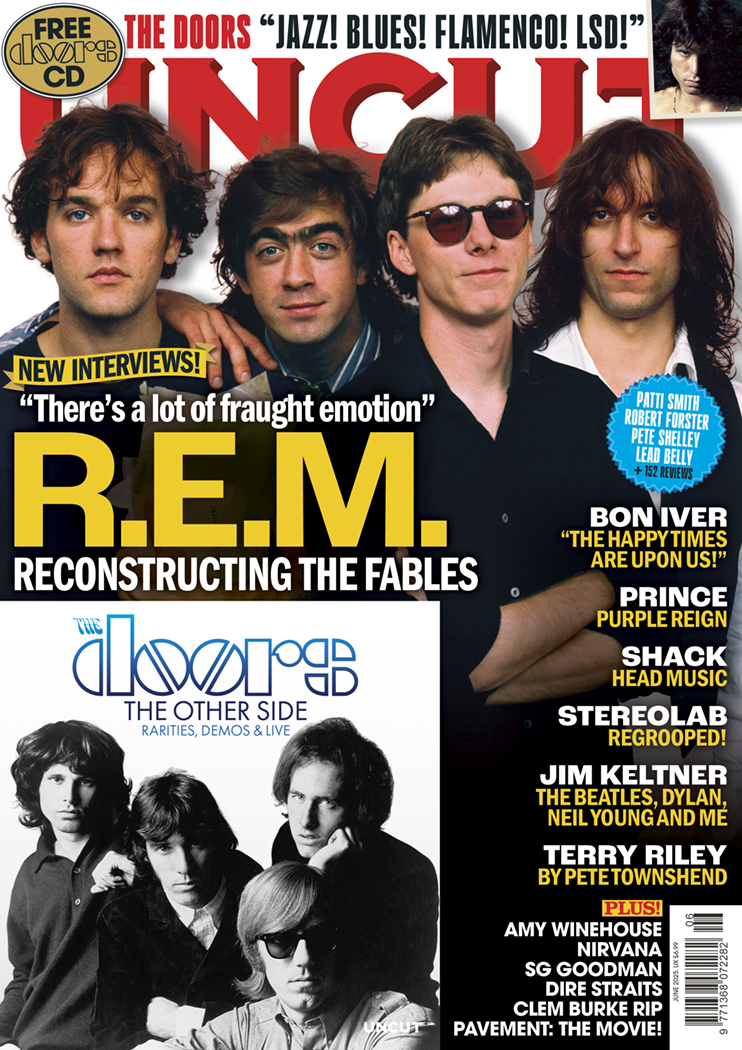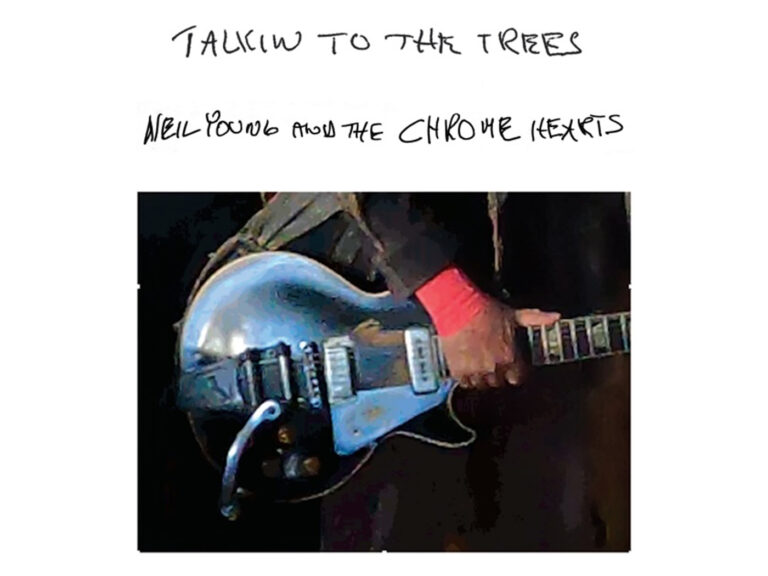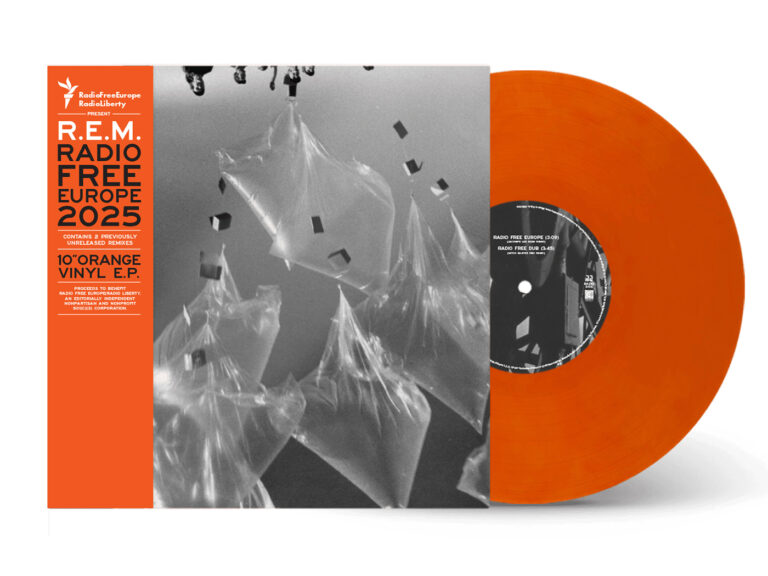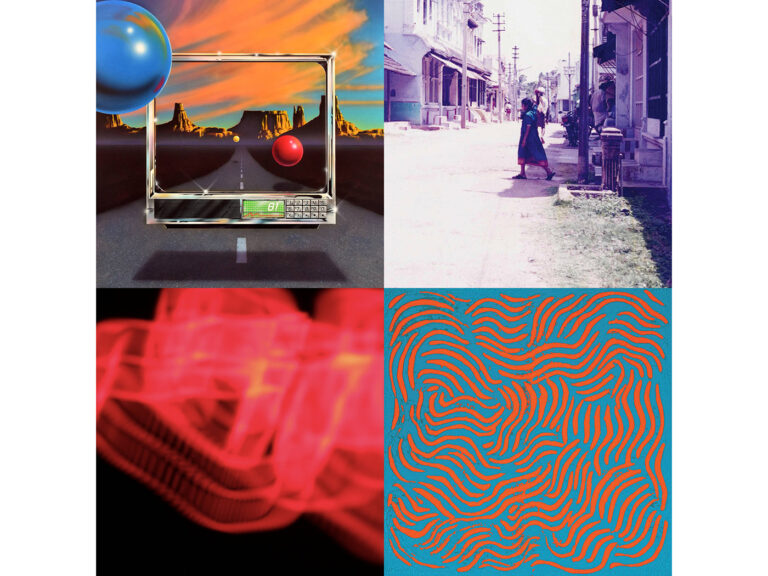The post-punk Time Lord on the albums that shaped his universe: “Heard once, it stays forever”
THE JUNE 2025 ISSUE OF UNCUT IS AVAILABLE TO ORDER NOW: STARRING R.E.M., A DOORS RARITIES CD, BON IVER, PRINCE, SHACK, AMY WINEHOUSE, DIRE STRAITS, STEREOLAB AND MORE
FRANK SINATRA
That’s Life
REPRISE, 1966
I don’t really remember my parents ever going out to buy a record, but somehow there was a collection of battered albums under the record player. They would often have nights when drink was taken and fun was had, and this album would always go on. You’d never describe an album of Sinatra’s as lacklustre, but every song is compact, like they want to get it over with. But when he hits the groove of “That’s Life”, he’s kind of unbeatable. If “My Way” is about imposing your will upon life, “That’s Life” is a hymn to how powerless you are to deal with whatever fate throws at you, so the best thing is just to get on with it and have a laugh when you can. It’s the best shrug in popular music.
DAVID BOWIE
David Live
RCA, 1974
Like many things in life, I was quite late into David Bowie. In order to dig into his back catalogue, I bought this double album, which appeared to contain many of his hits. But of course, a lot of them are reworked and don’t really fly. I’ve subsequently discovered that they’d just had a big fight in the dressing room because the musicians didn’t know they were recording a live album. But I love all that angst. I love Earl Slick, who rips the whole thing up. But ultimately for me, it’s Bowie’s voice. There’s a kind of terror in it. The version of “Rock ‘N’ Roll Suicide” on Ziggy… is a bit Judy Garland, but on this one you really believe he’s not going to make it to the end.
SIMPLE MINDS
Life In A Day
ZOOM, 1979
I like a lot of Glasgow bands – that first Blue Nile album was great. And I used to really like Simple Minds. I actually like their first album that <they> don’t like. You can see a theme here: I like the albums that don’t seem to be very successful. I saw them in Glasgow at that time, in a tiny little place called The Mars Bar. They weren’t doing blues, they weren’t doing Status Quo, they were doing some weird arthouse stuff, and they had a great song called “Life In A Day”. It’s the first time I’d really seen a band that excited me, and also where I thought, ‘It’s possible to do that.’ Because they’re all just guys from Glasgow, although the world they were evoking was very different.
TALKING HEADS
Fear Of Music
SIRE, 1979
This album got me through a lot of all-nighters at art school, when I wasn’t as attentive to my studies as I should have been. It’s Talking Heads exploring a lot of the stuff that will become more finessed and polished later on. It confounded my expectations of what a song could be, because the narratives are so strange, but they’re not dislocated. The band are very concerned about making sure the songs have an engaging structure and that there’s a chorus that will work for you, but the narrative is shifting all the time. The songs are inventive and funny, but they’re also a bit scary. You’re never quite sure whether or not you’d be happy if David Byrne showed up at your door.
CRAIG ARMSTRONG
It’s Nearly Tomorrow
BMG CHRYSALIS, 2014
A lot of actors use music to help them get into the zone. For instance, when I was doing Malcolm Tucker, I would have “Scary Monsters” playing, because it’s quite jagged and hard to relax to. And It’s Nearly Tomorrow is the one that did it for me in relation to the rather well-known character of Doctor Who. I was keen to try and bring some kind of melancholy to the role, I guess because I was older, and this album provided a way into that. It seems to be about time, loss, humanity, love, confusion and fate. The music is infused with this dark, relentless power, like the forces at work in the universe, so it would help me think about how to be a strange, alien Time Lord.
ENNIO MORRICONE
The Mission OST
VIRGIN, 1986
It’s often said of Ennio Morricone that you know it’s him from the first note, and that’s absolutely true of this album. The film is about the European incursion into Latin America and how the Jesuit priests would set up missionaries in the jungle to try and convert the indigenous peoples to Christianity, which all goes terribly wrong, as you might imagine. Morricone illustrates that story by combining his typically heartbreaking European, classical, choral sound with these indigenous rhythms and voices. So it’s a little bit like world music, but not quite. He’s a master composer of soundtracks, so he evokes this whole thing for us in a very beautiful way. He’s the greatest film composer – apart from Bernard Herrman – because he infuses his material with so much emotion.
WILLIE NELSON
A Song For You
HALLMARK, 1983
Willie Nelson was huge in the ’80s, but I did have a fear that getting into him meant going the full Ken Bruce, and that easy listening would take me over like the fungal virus in The Last Of Us. So I dug deeper into Willie’s back catalogue looking for purer country stuff. There was plenty, and it sounded great. But so did the standards. I finally accepted this when we found the album <A Song For You>. My partner Elaine and I played it all the time on a battered cassette as our life together unfolded. His versions of these standards have everything – they’re moving, frank, wise and for the ages, all culminating in his version of Kris Kristofferson’s “Loving Her Was Easier”, the song that we danced to at our wedding.
JAN GARBAREK & THE HILLIARD ENSEMBLE
Officium
ECM, 1994
In 2004, I went to make a film in Iceland. It’s one of the strangest and most haunting places I have ever been, and I loved it. The film was low-budget so I was not put up in a hotel, but lodged in the Reykjavik basement of a fabulous bohemian couple named Sverrir and Eda. They left me a CD player and a number of CDs. This was the first one I put on. The Hilliard Ensemble is a vocal quartet devoted to early music; Jan Garbarek is a Norwegian jazz sax and clarinet player. The combined sound is haunting, medieval, yet kind of jazzy. The track “Parce Mihi Domine” plays like the theme music to some lost Icelandic noir movie. Heard once, it stays forever.
Peter Capaldi’s new album Sweet Illusions is out now on Last Night From Glasgow


